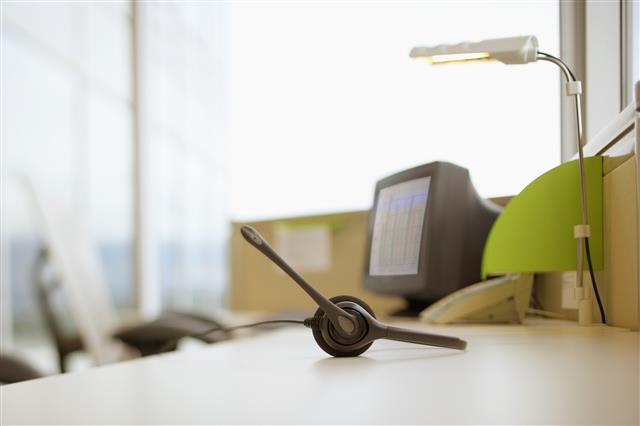Written by Howie Fenton,
Senior Technology Consultant, NAPL

A few weeks ago, the first show from the consolidation of NAPL and AMSP occurred. I had the chance to talk about the importance of listening and being responsive to your customers. I dusted off an old presentation I had not used recently and it was very well received, because it talked about the cost of bad customer service.
The presentation was designed to motivate people to use tools such as focus groups, one-on-one customer meetings, and surveys to help create an early warning system to prevent customers from leaving. We also talked about using the voice of the customer in the strategic planning process, as well as some important survey trends such as Net Promoter Index (which is a tool that gauges the loyalty of a company’s customers), made famous by Fred Reichheld in the Harvard Business School article, “The One Number You Need to Grow” and the book, “The Ultimate Question.”
But what received the most interest was the opening slide which talked about the cost of bad customer service. We polled the audience and asked them to answer a series of questions. Here are just a few.
- How much more does it cost to attract a new customer than to keep an existing one?
- If you resolve issues on the spot, what percentage of customers will return?
- What percentage of customers do not complain?
- The average unhappy customer will remember the issue for how many years?
- For every complaint, there are how many others with same complaint?
We got a wide variety of answers to these questions and, in most cases, people were surprised by the results. It was clear by the sounds and the number of people frantically taking notes that this was of great interest.
But, before you glance down to see the responses, try writing down your own answers. More often than not, you will be surprised at what you learn.
- It costs 6 times more to attract a new customer than to keep an existing customer.
- If an issue is resolved on the spot, 95% of those customers will continue ordering.
- 97% of customers do not complain, even when they are unhappy.
- The average unhappy customer will remember for 23 years.
- For every complaint that’s lodged there are likely up to 25 more people with the same complaint.
A bad customer experience can result in the loss of that customer, but ongoing monitoring of your customers’ satisfaction can provide an early warning system about an unresolved issue…then give you the opportunity to resolve the issue without losing the customer.
We closed the presentation by talking about the cost/benefit ratio of better listening to customers. In other words, what is the cost to actively listening to customers and what are the benefits? An entry level campaign that automatically sends out short surveys with every job can cost a few thousand dollars a year. In most companies, a few thousand dollars is less than the revenue of your average customer. That means if you prevent just one customer from leaving, it would pay for itself.
Two parting questions for you to consider:
- If you look back over the last few years, how many customers did you lose because something happened that you never had a chance to address?
- Could that be different if you had a mechanism to monitor your customers’ satisfaction?
—
Howie Fenton is a consultant and business advisor at NAPL. Howie advises commercial printers and in-plants on benchmarking performance against industry leaders, increasing productivity, and adding digital and value services through customer research. For more information click here.




Great blog Howie. Most businesses duck and hide when it comes to what it costs to serve a customer poorly.
An interesting and informative post – thank you so much, Howie!
Thanks for your comments. It’s funny to dig up this old slide, because I used to start many of my presentations with this data. This was back in the day when we trained sales staff and customer service reps to better understand the basics of printing and appreciate the difference between traditional offset and the digital printing technologies. It seems odd to discuss today but in the old days salespeople and / or customer service staff didn’t understand the difference between lpi and dpi, PDF files with embedded fonts and substituted fonts, the dpi resolution required in the scan for the lpi required on a press, or the relationship between paper quality and print quality. I suspect that most companies today have trained their sales and customer service force to understand those basics.
Here are 2 other examples of the cost of bad customer service:
1. 91% of those that don’t complain will tell 3 people, 13% will tell 20 people
2. The average unhappy customer will remember for 23 years, while the average happy for 18 months
GREAT topic!! One of the most overlooked aspects of this survey still didn’t include the highest costs. That is, how much it costs to maintain or keep a client “after” you make them upset?
The National Association for Printing Leadership is a group I’m familiar with since I’m an office equipment dealer. But there are many other groups that have also done similar surveys. I look at these results the same way I look at the Surgeon generals warning on the side of cigarette packs. Those who are “conscious” and “disciplined” about their health are already aware, and need no such labels…. 🙂
Thanks for sharing this critical information. Though many know it on some level, this demonstrates the need for paying attention and connecting to the customer explicitly and invokes a greater sense of urgency and purpose in daily actions.